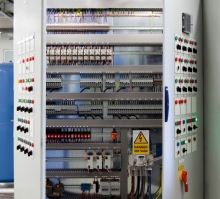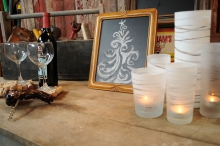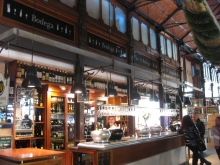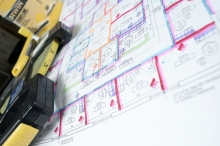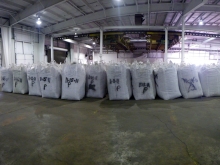In this guest post for Buildipedia, Emma Stewart of Autodesk shares her experiences from Durban, where the 17th Conference of the Parties (COP17) to the United Nations Framework Convention on Climate Change (UNFCCC) recently took place. What kind of international progress can we expect to happen as a result of this conference, and what can we do if that progress doesn't seem quite 'progressive' enough? Emma offers some insight concerning how climate change can truly be addressed.
If it had been an exercise in cultural diplomacy, I would declare it a success. I shared a shuttle bus home with a Cameroonian Member of Parliament up for re-election. I sweated in the South African heat with Tata’s sustainability head, whose job of influencing 450,000 employees makes mine look like child’s play. I had a drink with the CEO of the Carbon Disclosure Project in the world’s most impressive soccer stadium. I marveled at South Africa’s sparkling new airports and highways, welcome leftovers from the World Cup 2010 (unlike the sound of vuvuzelas, which I still hear ringing in my ears). I encountered climate change education everywhere in Durban, even at the airport baggage carousel. I tried a few words of Zulu only to find that “COP17” translated into every local tongue. I chuckled at UN Security’s attempt to “lock down” the Botanical Gardens in advance of Secretary Ban Ki-Moon’s address. And, while Greenpeace protested our proximity to the talks, sustainability business leaders met at various “side events” to cheer on one another’s (admittedly incremental) progress.

